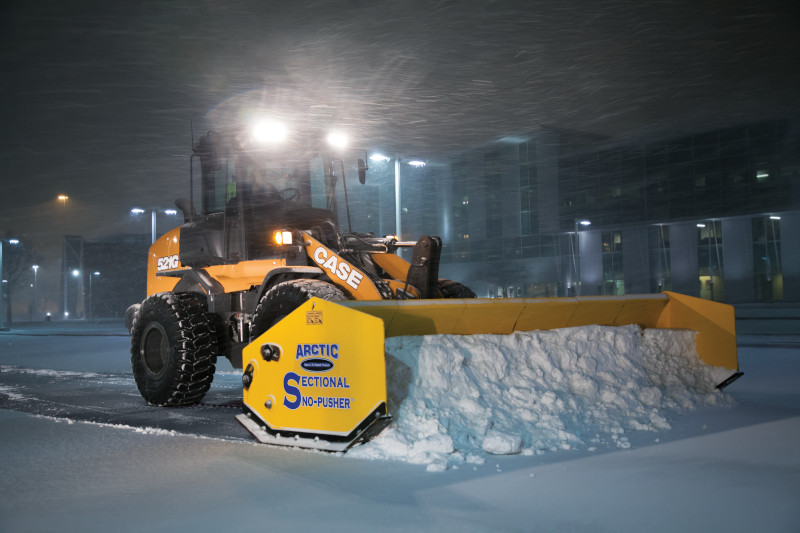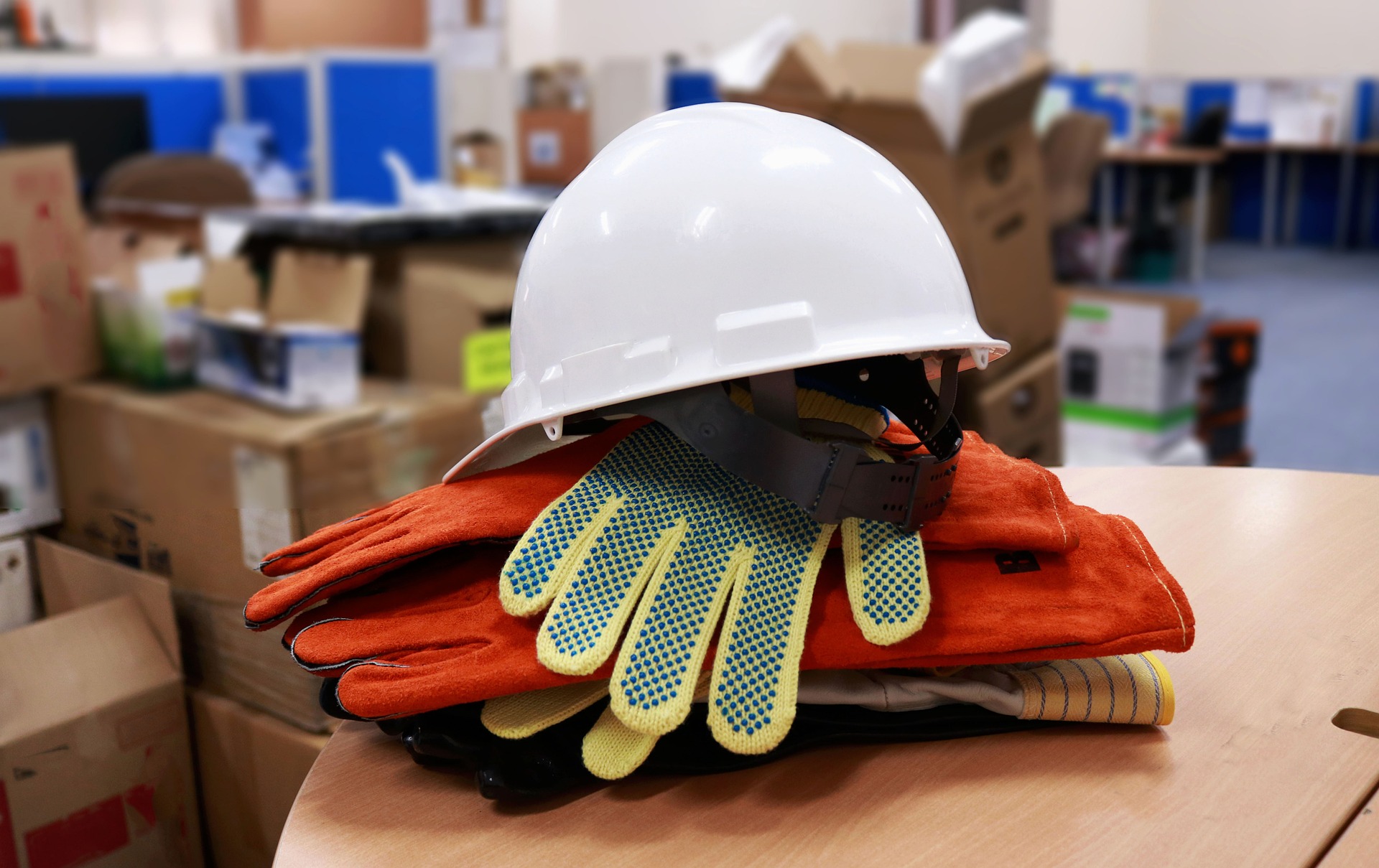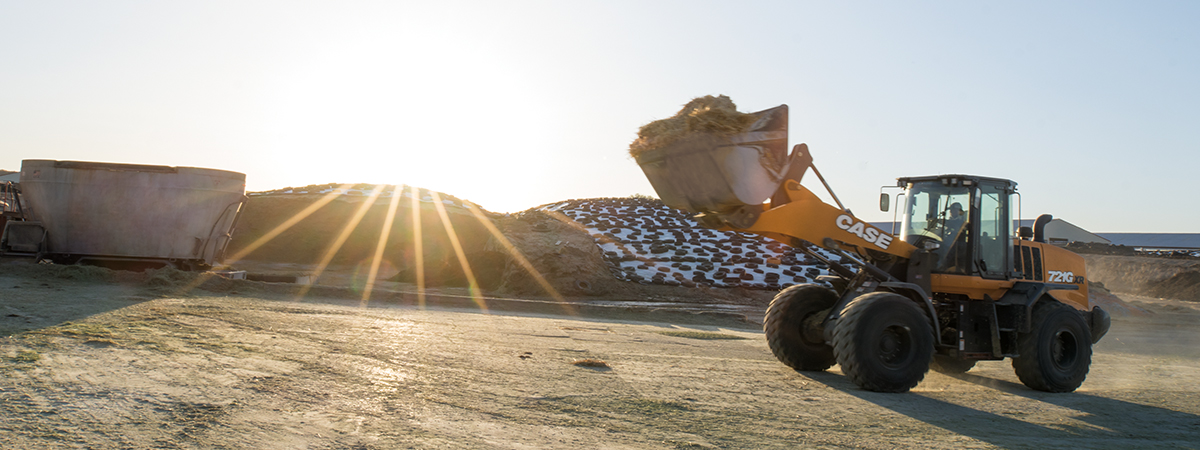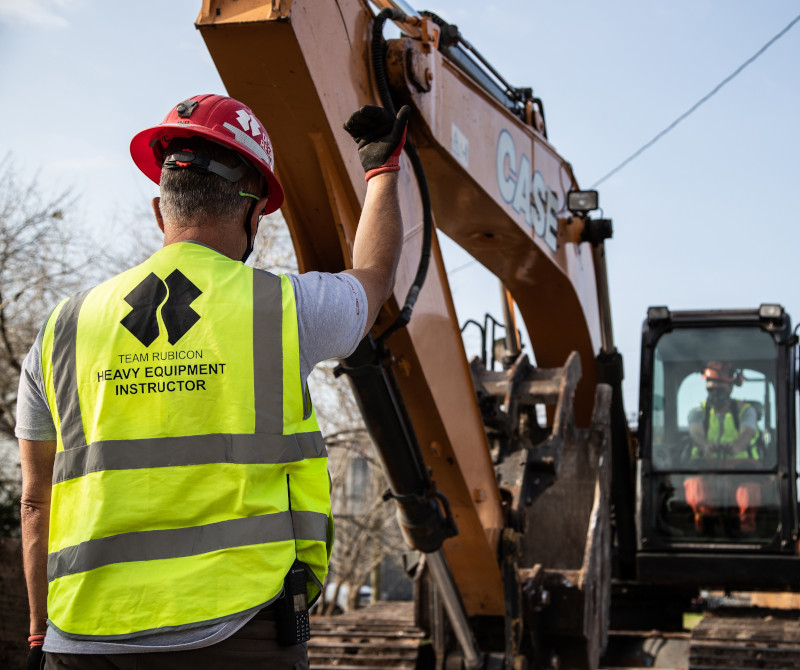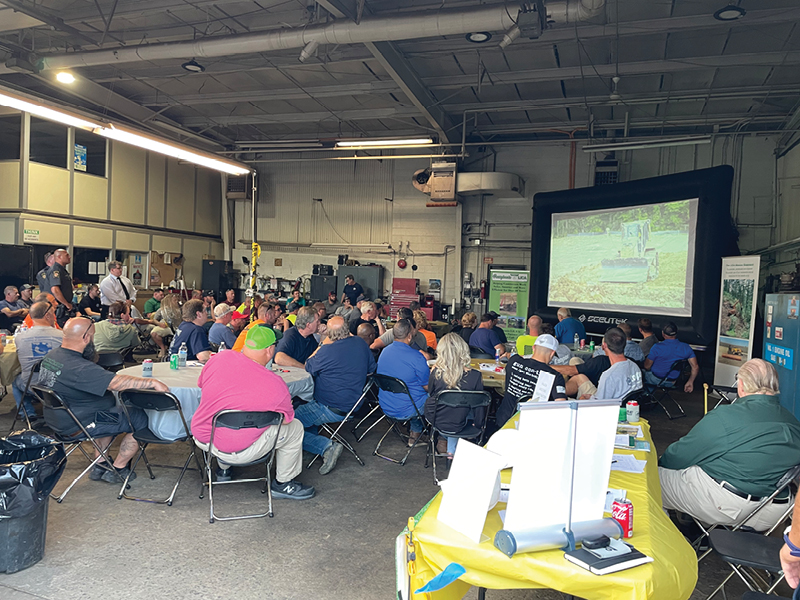Blog

The Big Freeze: Working in Cold Weather Conditions
February 28, 2023If you’re employed in the construction industry in the northern portion of the country, you know that winter weather isn’t anything to sneeze at. Working in extremely cold conditions is an annual occurrence for many construction and transportation workers in North America. Working under such conditions can be a dangerous proposition for all involved, so it’s vitally important that workers know how to take proper safety precautions to protect themselves from the effects of extreme cold.
Workplace safety is paramount if you’re required to work outdoors in freezing temperatures. It’s important to protect yourself and your fellow workers from the life-threatening effects caused by extreme cold. But the dangers caused by exposure to extremely low temperatures can be successfully managed if you take proper precautions to protect yourself.
PROTECTING YOURSELF IN COLD WEATHER
When working in situations where you are exposed to extremely cold temperatures, it’s important to pay attention to your body’s signals and take action to warm up when you start to suffer from any negative effects. Numbness in the extremities, stinging sensations in the skin, painful burning sensations in the lungs when one takes a breath… all are early symptoms of cold stress. Cold temperatures are compounded by the addition of wind chill, when the additional cooling factor of moving air against the body drives the contact temperature even lower.
Wind chill is extremely hazardous to exposed skin on vulnerable areas like your face and hands. Wind chill can also affect covered areas beneath your clothing, sapping your body heat and forcing your body to work harder to maintain your core temperature. Wind chill can even be dangerous when the ambient temperature is above freezing, and the sun is shining. You should take pains not to underestimate its effect.
ACCESSIBLE SHELTER
Your first priority for working in extreme cold is providing shelter. That involves preventing the dangerous effects of wind chill, covering exposed skin, bundling up in layered clothing to contain body heat, and taking pains to maintain an adequate body temperature. If outdoor temperatures drop to dangerous levels, you should always try to shift your cold-weather work indoors into a building or a warmer, more enclosed area if possible.
If you have no other option and are forced to work in the extreme cold, you should adopt whatever precautions are available. That includes wearing additional layers of protective clothing, insulating yourself as much as possible and donning cold weather protective gear (gloves, hats, scarves, face coverings), while also taking frequent breaks whenever possible to warm up somewhere out of the cold.
HYPOTHERMIA
Hypothermia is the medical term for what happens when someone’s core body temperature drops below the normal rate of 98.6 degrees Fahrenheit. If the core body temperature drops too low, it can lose its ability to naturally warm itself, a dangerous condition that can lead to shock, permanent tissue damage, and potential death.
Consistent exposure to extremely low temperatures can progressively cool your inner core. Wind chill and moisture are additional factors that can contribute to hypothermia. Other contributing factors include poor overall health, physical hunger, dehydration, and fatigue.
Of course, the primary defense against hypothermia is to avoid extended exposure to cold temperatures. Wearing insulated clothing and personal protective equipment (PPE) designed for use in cold weather conditions is equally important. Staying as dry as possible, both outside your clothing and beneath it— is also an important safety consideration.
Hyperthermia will occur in extremely cold weather unless you take the proper precautions when managing yourself and your crew. As an aid to you and your workers, here are some helpful tips for working in extremely cold weather.
HELPFUL TIPS FOR COLD WEATHER WORK CONDITIONS
You can’t control the weather, but you can control how you react to it and what you do to adapt to working in extreme cold.
Eat and Drink To Maintain Your Core Body Temperature
To help your body produce more heat energy to keep your core temperature up and help you to resist the debilitating effects of cold, you should prioritize high-energy nutrition to fuel your body’s output. Be sure to eat regularly and well, with a generous mix of high protein and complex carbohydrates to provide long and short-term sustenance throughout the work day. Skip the junk food, and take care to remain well-hydrated when working in the cold. Cold weather dehydration is a side effect of working in frigid temperatures, and if poorly managed it can result in poor job performance by forcing your body to work even harder to stay warm.
Wear Proper Cold Weather Clothing
Wear clothing that is properly-suited for cold weather. The best cold-weather clothing acts as an insulation system, with multiple layers to trap heat. Modern high-tech fabrics serve this function extremely well, retaining the body’s heat while acting as a barrier to the cold air outside. Layering is a time-tested technique to beat the cold. Dressing in multiple layers is much more heat-efficient, allowing you to stay warm and dry beneath your clothing.
Stay Dry To Beat The Cold
Be aware of moisture and its effects in conjunction with the cold. Wetness can be a severe threat to your body’s ability to retain heat. Wet garments wick heat away from your skin because moisture evaporation lowers body temperature, a situation that can rapidly lead to hypothermia. It’s important that you stay as dry as possible when working in a cold climate. Control moisture levels with layered clothing. Especially helpful is wearing modern moisture-wicking fabric as a base layer, drawing perspiration and other moisture away from your skin. When working in very wet conditions, be sure to wear proper waterproof outer gear to stay dry.
Rest When Needed, Otherwise Keep Moving
Take frequent rest breaks, Fatigue can be hazardous when working in extremely cold conditions. Once fatigue sets in, you become more vulnerable to the cold as your core temperature drops.
When not resting, you should try to keep moving and stay active when working in cold weather. Without sufficient muscle movement, your metabolism will slow, which can also cause your inner temperature to drop. Plan your work periods to keep your body moving, maintaining steady effort, with occasional rest periods as necessary to avoid over-exertion and stave off fatigue.
Wear Proper Cold Weather PPE
Always use the best PPE available, especially in cold temperature work conditions. This includes head coverings, insulated boots, hand protection, and weatherproof outer shell garments. Face shields and earmuffs are also important in extreme cold. Always treat the potential hazards of cold weather seriously, and layer up.
Establish Easily Accessible Shelter Near The Work Site
Stay close to an immediately accessible shelter, should you require it. Such shelter should ideally be an enclosed area that provides a sufficient windbreak to escape wind chill, and contains some reliable means to generate heat in the event that an emergency warm-up is required. This shelter should ideally be sufficient to allow workers a convenient way to periodically get out of the cold and escape the weather for necessary periods.
Maintain an Emergency Source of Heat
When possible, it’s a good idea to have an auxiliary heat source near the work site for the use of your crew, or just to raise the local temperature by a few degrees. Options include large propane heating units, well-contained wood fires (metal burn barrels and the like), electric heating fans, or any other controllable heat source that can be safely deployed on the work site. Use in conjunction with the accessible shelter mentioned above.
Consider Alternate Warming Solutions
There are many rechargeable or battery-powered heating garments available from various tool and work clothing manufacturers, including jackets, vests, and gloves. You can also use disposable chemical warming packets or disposable heating options inside your boots, gloves, or pockets. These low-cost heating solutions generate heat through a chemical reaction and can radiate heat for 4 to 6 hours. This can be a great way to supplement heat to your extremities in extremely cold weather.
Implement the Buddy System
It can be very dangerous to work in extremely cold temperatures. If someone is working alone unsupervised and they start experiencing cold-related hypothermia, they may need immediate help to get warm and avert disaster. It’s not a bad idea to establish a buddy system, enabling workers to keep a close eye on one another so they can react fast if they see a developing problem.
Reduce Your Total Length of Exposure To The Cold
Be ready to stop working if necessary! If the cold becomes too extreme and the situation gets dangerous, just stop. No job is worth risking the health and safety of your crew.
COLD WEATHER WORK REGULATIONS
Exposure of unprotected workers to extreme cold can cause serious physical harm or death. To aid employees and employers and help them to function safely in extremely cold conditions, OSHA has provided helpful information about the dangers of working in cold weather and how to minimize risk.
MAINTAIN YOUR EQUIPMENT FOR COLD WEATHER USE
One of the most important elements of a successful cold-weather work safety strategy is making sure that your outdoor working equipment is properly serviced and dependable under the harshest weather conditions. Many workers who suffer cold-related injuries do so because their equipment fails on the job, preventing them from working efficiently and exposing them to colder conditions for longer than planned. A thrown track or a broken heater in a tractor cab can be disastrous if it happens at the wrong time in the wrong weather.
If you know you’ll be working in freezing temperatures, it’s your responsibility to keep your machinery serviced and properly prepped for cold weather work. Equipment failure due to lack of maintenance or a failure to winter-proof it can be a serious safety lapse. One that could potentially lead to disaster. That’s where we here at Eagle Power & Equipment can help! We are experts in the use and maintenance of construction equipment no matter the season. We can share our expertise with you and help you choose, acquire, and maintain the best gear for the job in ALL weather conditions.
Need the very best quality construction machinery for your next project? Contact us today and see why Eagle Power & Equipment is your go-to option for construction gear sales, rentals, service, and repairs!
Related Articles
https://www.high-endrolex.com/47

